I've bought the chip HC06 (without the breakout board, only the chip itself). I've followed the datasheet and I've done the following connections:
Datasheet of the chip that I'm using: https://www.olimex.com/Products/Components/RF/BLUETOOTH-SERIAL-HC-06/resources/hc06.pdf
However, when connecting to it via bluetooth, after a few seconds the HC06 always drops conection. Sometimes the LED stops blinking even though there is no device connected to the bluetooth module. At first I thought it was power supply issues, but I've noticed the bluetooth module is being supplied with 3.3 V (which is fine) and the amount of current from the power supply is at maximum 120 mA (not very high, as it is powering up some other modules as well). Any suggestions why it is not working properly?
Update:
I reverse-engineered a HC06 board, and it was following the following schematic:
But even when reproducing the same wiring in my PCB, the problem still persists. So I think the problem is either the chip itself that I am using (might be already buggy) or it is a problem with layout of my pcb.



